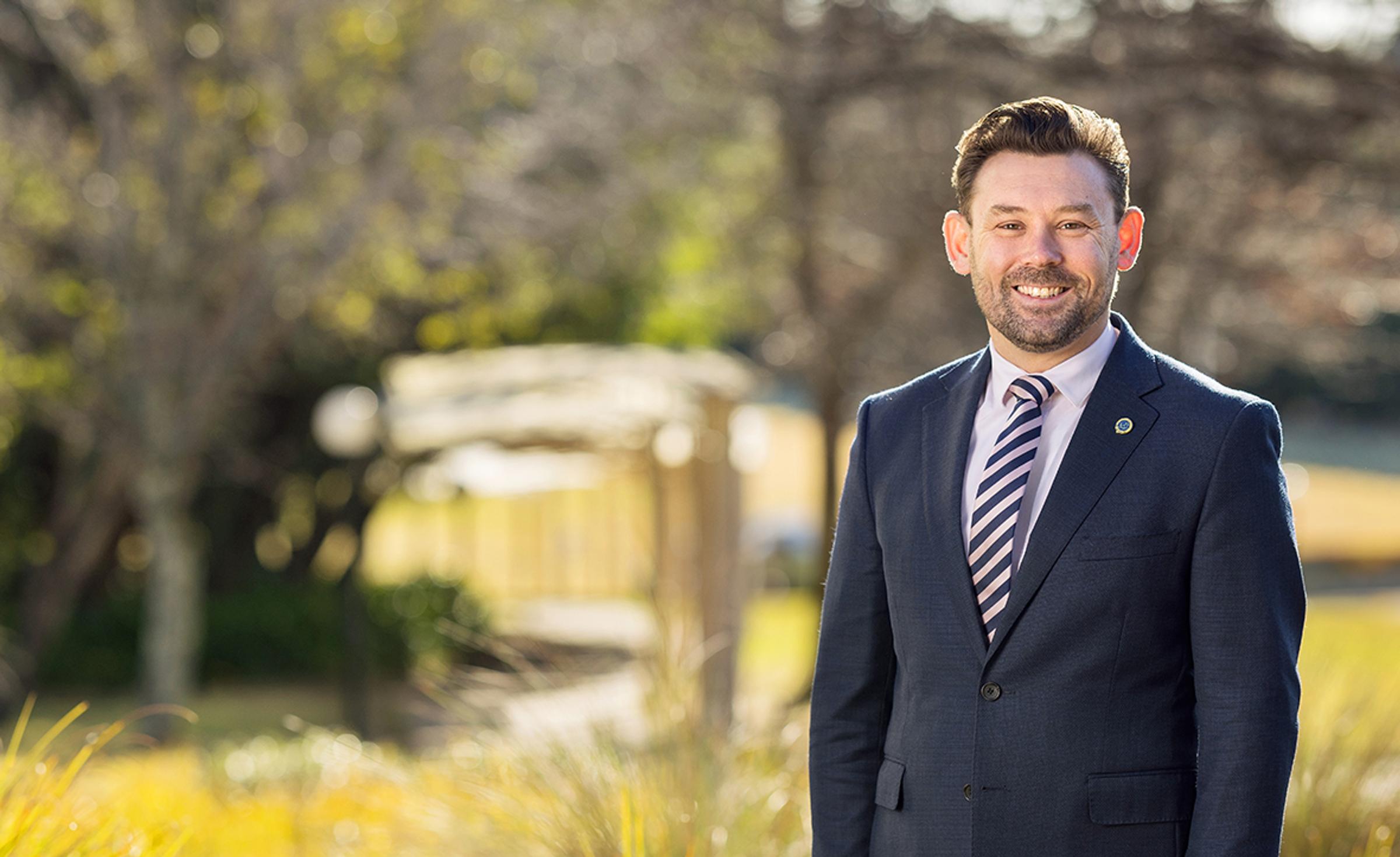From the Director of Innovative Pedagogies

Overwhelmed with Choice: What to Do When There Are Many Good Options
This week, along with the rest of Year 10, my tutor group had their subject selection evening which marks an important stage-gate in their schooling journey. They are no longer duty-bound to take particular subjects but can specialise with choices that suit them as individual learners. It seems all of a sudden, they move into the driving seat and have more control than ever of their learning and their future. In 2025 they will have 28 subjects to choose from, as well as Distance Education options, but can only choose a maximum of 6.
While the students knew this was coming and they may have had initial ideas on the classes they would take, the selection of subjects can be overwhelming as it significantly shapes their next two years. It led me to consider ‘how do we help students choose when there are so many options available?’ This overwhelm of options does not just relate to the subjects they could study, but also possible careers, relationships, travel, clothing etc.
A 2023 article in the Harvard Business Review* cited research that we make between 30000 – 35000 decisions a day. This includes what we will eat, how we will dress, what we will say and how we will say it. Many of these decisions happen automatically through information we have subconsciously stored. However, many decisions require more thought, reflection and attention. As well as this, there are the small decisions we build up to be more significant than they actually are. For some reason we can’t decide between sourdough bread, or rye. Sparkling water or still? Tomato sauce or barbeque?
Helping young people with decision making is often navigating the murky path between offering advice, staying completely out of it, and where necessary, intervening directly. As adults with greater life experience, we can predict how some choices will end, and can be in quite a vexed position as we want our children to have freedom of choice, but also want to protect them from the consequences of their actions.
As we seek to help students navigate major decisions, here are some helpful hints to consider:
- Get laser-focused on what the decision is about.
- What are we trying to solve?
- What emotions are impacting this decision?
- What does success look like?
- Deep-dive into options
- What are best and worst case scenarios?
- When have you been in a similar situation, and what thinking can you apply from then?
- What advice would you give to someone else in your position?
- Get time on your side.
- Make a decision and give it 24 hours. Do you still feel the same way about it?
- If you are spinning in circles, take a break from it and come back to it.
- Close the gate.
- Rather than returning to the decision over and over, once it is made commit to it. Don’t re-entertain the other options.
- Focus on why the decision was made. Remind yourself of the strengths of the decision rather than returning to think about the other options.
- Recognise the complexity of decision making and acknowledge the reality that often there are more than one good option.
Harvard Business Review: A Simple Way to Make Better Decisions
Christopher Sanders
Director of Innovative Pedagogies
